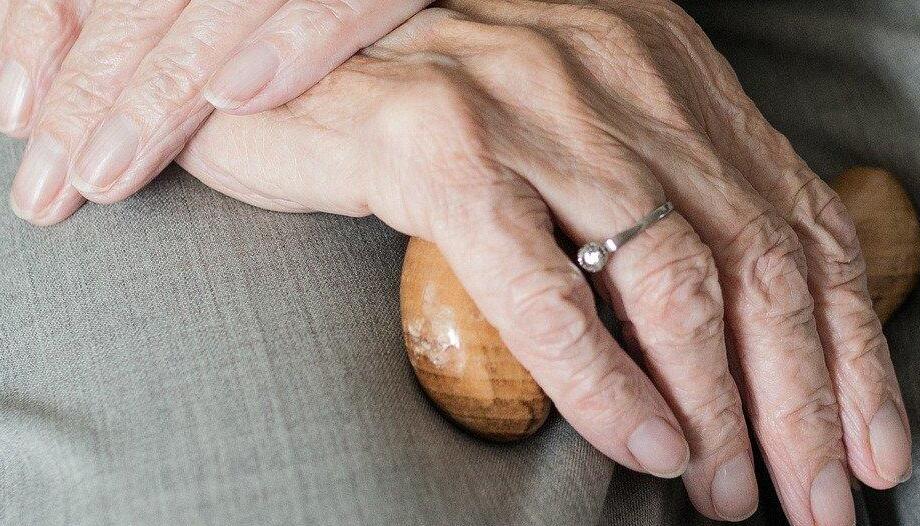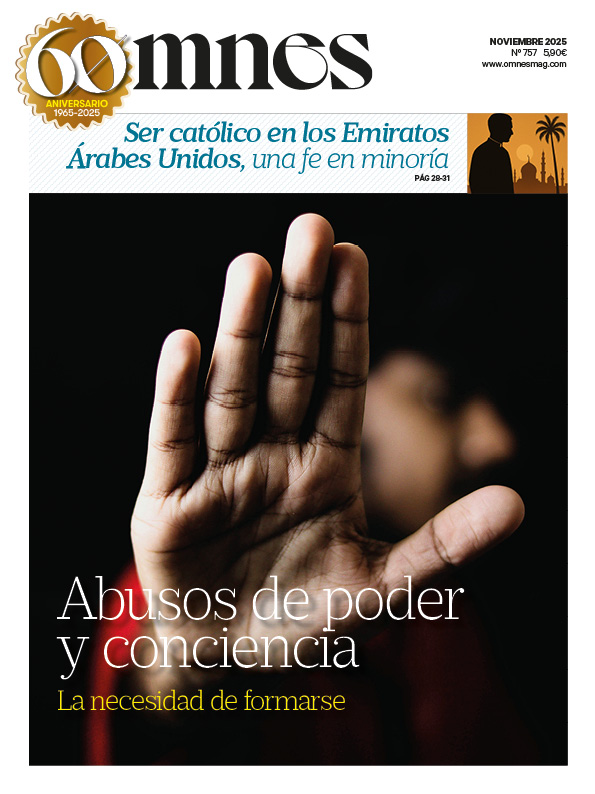The "slippery" slope is getting steeper. In the first countries whose governments and/or parliaments gave the green light to euthanasia and assisted suicide, these practices are growing at a strong rate of 10 to 15 percent per year.
Candidates for euthanasia emerge, though not all, from the elderly segment and from oncology patients, but the drivers of euthanasia practices are relentlessly looking for new niches. Let's take a look.
The Netherlands, towards people with mental illness
Euthanasia cases increased in the Netherlands by 13.7 percent in 2022, to a total of 8,720, which accounted for 5.1 percent of the total number of deaths registered in the country that year. However, in 2023, according to information from the 'Netherlands Times', 9,068 deaths were registered, an increase of "only" 3.9 percent, although it raised the percentage of euthanasia deaths out of the total to 5.4 percent.
With growth rates of less than 5 percent, something did not seem to be going right for its promoters. So the euthanasia propaganda was accentuated among people with mental and psychological illnesses, many of them minors, and in so-called senile "dementia".
In the same year, the increase in euthanasia for mental disorders provoked a debate in the country, because the number of assisted deaths due to psychiatric conditions was 138, 20 % more than the previous year. In addition, for the first time it was performed on a minor with a mental illness, reported El País.
Three news of impact
At the same time, there were a number of notable news items in the public eye. First, former prime minister Andreas (Dries) van Agt and his wife, Eugenie Krekelberg, decided to die together, giving visibility to the euthanasias in couples.
Second, the history of Zoraya ter Beek, a 28-year-old woman, married and in love, reportedly with "crippling depression," autism and borderline personality disorder, who requested and was granted euthanasia.
Third, it was announced the start-up of the euthanasia for children between 1 and 12 years with terminal illness and "unbearable pain", starting in 2024.
3,400 fewer Belgians in 2023
More than 3,400 Belgians were euthanized in 2023, up 15 % from 2022. Data from the Federal Commission for the Control and Evaluation of Euthanasia reveal that there were 3,423 officially reported deaths3.1 % of all deaths in Belgium, reported Bioeticablog in March 2024.
In addition, the European Institute of Bioethics noted that "scientific studies estimate that 25 to 35 % of unreported euthanasia cases should be added." Forty-two % were over 80 years of age, and the number of euthanasia cases in patients under 40 years of age was about 1 percent.
Canada, strong growth
As in these European countries, euthanasia has always grown in Canada since it was authorized (2016). According to 2023 data, deaths are up 15.8 percent over 2022, following three straight annual increases of more than 30 %, according to Aceprensa.
Infobaewhich has also followed the Canadian case, reported that over the course of 2022, a total of 13,241 deaths in Canada were assisted by physicians through euthanasia, accounting for 4.1 % of all deaths in the country, as revealed by the Canadian government. A percentage similar already to that of Belgium. The same agency states that since 2016 there have been almost 45,000 deaths by euthanasia in the country, according to Fox News data.
In May 2024, the Canadian Conference of Catholic Bishops organized a symposium on palliative care in conjunction with the Pontifical Academy for Life. As reported by Omnes, the Pope sent a message to the participants in which he condemned euthanasia, noting that "it is never a source of hope or genuine concern for the sick and dying. On the contrary, it is a failure of love, a reflection of a 'throwaway culture' in which 'people are no longer considered a supreme value to be cared for and respected.'" He further noted that "true compassion is palliative care."
Spain: 25 % more applications in 2023
Since the law came into force (2021), until December 31, 2023, 1,515 requests for aid in dying have been processed in Spain: 173 during 2021, 576 in 2022 and 766 in 2023. Requests in 2023 accounted for about 25 % more than the 576 of the previous year.
Of the total number of requests, "334 services were carried out", i.e., deaths, according to the report provided in December 2024 by the Spanish government compared to the previous year. As reported by El País, this figure is 12 % more than in 2022, when 288 deaths occurred, compared to 75 in 2021.
By autonomous community
Moncloa reported that "the distribution of the 766 euthanasia requests registered throughout the national territory is as follows: Catalonia 219, Madrid 89, Canary Islands 62, Basque Country 58, Valencian Community 56, Andalusia 43, Galicia 41, Balearic Islands 37, Asturias 33, Castile-La Mancha 28, Castile and Leon 27, Navarra 24, Aragon 22, Cantabria 19, La Rioja 4, Extremadura 2, Murcia 2, Melilla 0 and Ceuta 0". It was also added that "25 % of the applicants died before their application was resolved", and that "the average time from application to death was 30 days".








